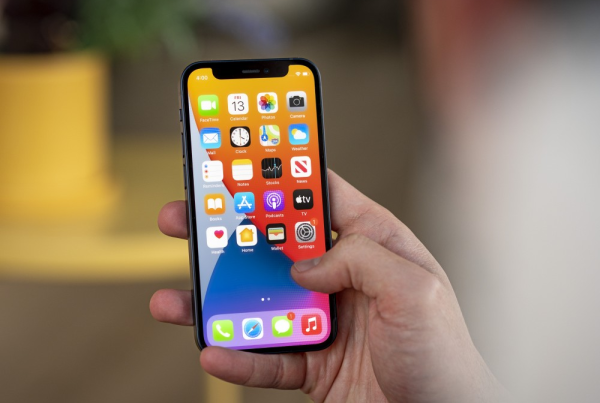The iPhone has become an integral part of our daily lives, and its touchscreen is the interface to our digital world. But what happens when your iPhone’s display stops responding? Don’t worry, in this article you will learn what you can do to solve this frustrating problem and bring your iPhone back to life.
- Check for physical damage:
Before you begin any other action, inspect your iPhone for external damage such as cracks or breaks in the display or case. This damage may be the cause of the lack of touchscreen response and may require repair. - Force restart:
Sometimes a force restart can revive your iPhone. To do this, press the correct button combinations depending on the iPhone model. For iPhone 8 and newer, briefly press the volume up button, then briefly press the volume down button and then press and hold the side button until the Apple logo is displayed. - Clean the screen and your hands:
Dirt, oil or moisture on your screen or hands can affect touch sensitivity. Carefully wipe the screen and wash your hands to make sure they are clean and dry. - Check for frozen apps or crashes:
Sometimes apps that have hung can cause the screen to become unresponsive. Press and hold the power button to access the power off menu and then try restarting your iPhone. - Update your iOS:
Make sure your iOS is up to date. Occasionally Apple releases updates that can fix issues with touchscreen response. Go to “Settings” “General” “Software update” to check for updates and install them. - Calibrate the screen:
In some cases, it may be helpful to recalibrate the touchscreen. You can do this by going to “Settings” “General” “Accessibility” and using the “Touch calibration” option. - Contact the Knsfix support:
If none of the above steps work or you suspect a hardware problem, you should contact Kns Fix Support or visit us for professional help. - Carry out the screen test:
If you suspect that the problem is caused by the screen itself, you can perform a screen test. There are a variety of apps and tools that can be run on your computer or another iOS device to control your iPhone’s touchscreen. You can use these tests to determine whether the screen is defective. - Try Safe Restore:
If your iPhone is still unresponsive and you suspect a more serious software problem, you can try a safe restore via iTunes or Finder. This process will erase all data on your iPhone, but may help resolve more serious software issues. - Data backup and factory settings:
As a final option, you can reset your iPhone to factory settings to ensure that there are no software issues affecting the touchscreen response. As all your data will be deleted during this step, you should definitely create a comprehensive backup beforehand.
Summary: An unresponsive iPhone screen can be a frustrating experience, but in most cases there are ways to solve the problem. Start with the basic steps like restarting and cleaning, then work your way to more advanced solutions if necessary. Keep in mind that for more serious hardware issues or if your iPhone is still under warranty, contacting Apple Support or an authorized service provider may be the best option. The goal is to get your iPhone back up and running so you can enjoy your digital world without interruption.




